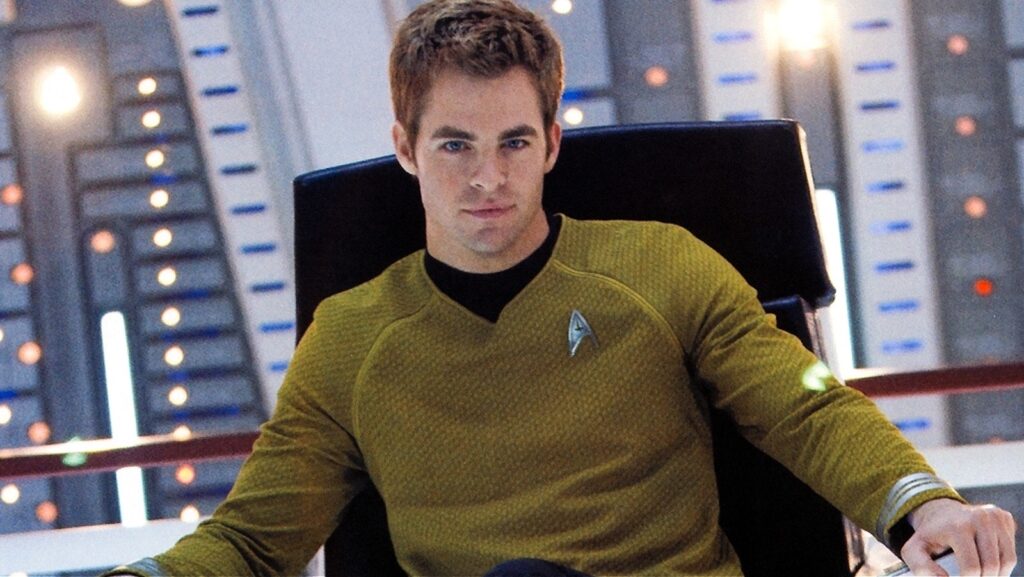The iconic “Star Trek” franchise set the bar for socially-aware science fiction, building a reputation over decades for its thoughtful exploration of complex issues through the lens of the future. One common way they’ve examined these concepts is through the use of time travel (and it is done often enough on “Trek” that we have episode preferences), as characters occasionally revisit the present day to examine problems in our real life world. But when J.J. Abrams used time travel for the simply-titled “Star Trek,” it was for a very different reason: Because they didn’t want the 2009 movie to be a reboot.
“I don’t think that fits into the classic definition of a reboot,” writer Roberto Orci said in an interview with Sci-Fi Wire, suggesting that he and Abrams didn’t want to erase everything that came before. That’s a move that would have angered fans. Instead, they wanted to keep existing continuity while creating a new timeline to give fans a fresh take on the series that would allow for more creative opportunities. This way, it was as much a sequel as it was a reboot. Or as Orci put it: “It’s a continuation of canon.”
In the film, Mr. Spock (Leonard Nimoy) from the original, still-canon “Star Trek” timeline, travels to his past to stop a Romulan villain (Eric Bana) intent on killing his younger self. Doing so creates what is now known as the Kelvin Timeline — a branching continuity where everything is refreshed, while allowing the original timeline to continue without Mr. Spock.
Star Trek’s ‘Prime Timeline’ continued in Star Trek: Picard
Thanks to the use of time travel in the J.J. Abrams-directed “Star Trek,” there were now two main continuities in the franchise: The “Prime timeline,” which encompassed the original 1966 series and its spin-offs up to “Star Trek: Enterprise,” and the “Kelvin timeline” that included the J.J. Abrams trilogy. Despite technically being a continuation, some fans still felt that the films all but erased the original timeline, fearing that all future “Trek” media would be set in the alternate universe (the Kelvin timeline is confusing enough that we wrote a guide). When “Star Trek: Discovery” debuted in 2017 and seemed inspired by the Abrams films, timeline hijinks and visual flair and all, fans feared the worst — until the release of “Star Trek: Picard” in 2020.
The first on-screen “Trek” story to continue the Prime timeline, “Star Trek: Picard,” opens 12 years after the departure of Mr. Spock, who was flung into the past during 2009’s “Star Trek.” In fact, “Picard” makes some reference to the events of that film, continuing parts of the story (and Spock’s overall quest for reunification between Vulcans and Romulans). In the first season, it’s revealed that just prior to the destruction of the planet Romulus — the event that prompted Nero’s (Eric Bana) quest for vengeance — Admiral Jean-Luc Picard had personally led an attempt to evacuate the planet. It was a plan that Starfleet impeded, driving Picard away from the organization that had been his life.
Season 3 of “Star Trek: Discovery” also put any question of its timeline to bed when the ship is vaulted into a very different future. There, Captain Burnham learns that, after the destruction of Romulus, the Romulans and the Vulcans finally put their rivalry to the side and eventually became one, combined people. Vulcan was renamed as the planet Ni’Var — which later became one of the poignant easter eggs hidden in Season 2 of “Picard.”


